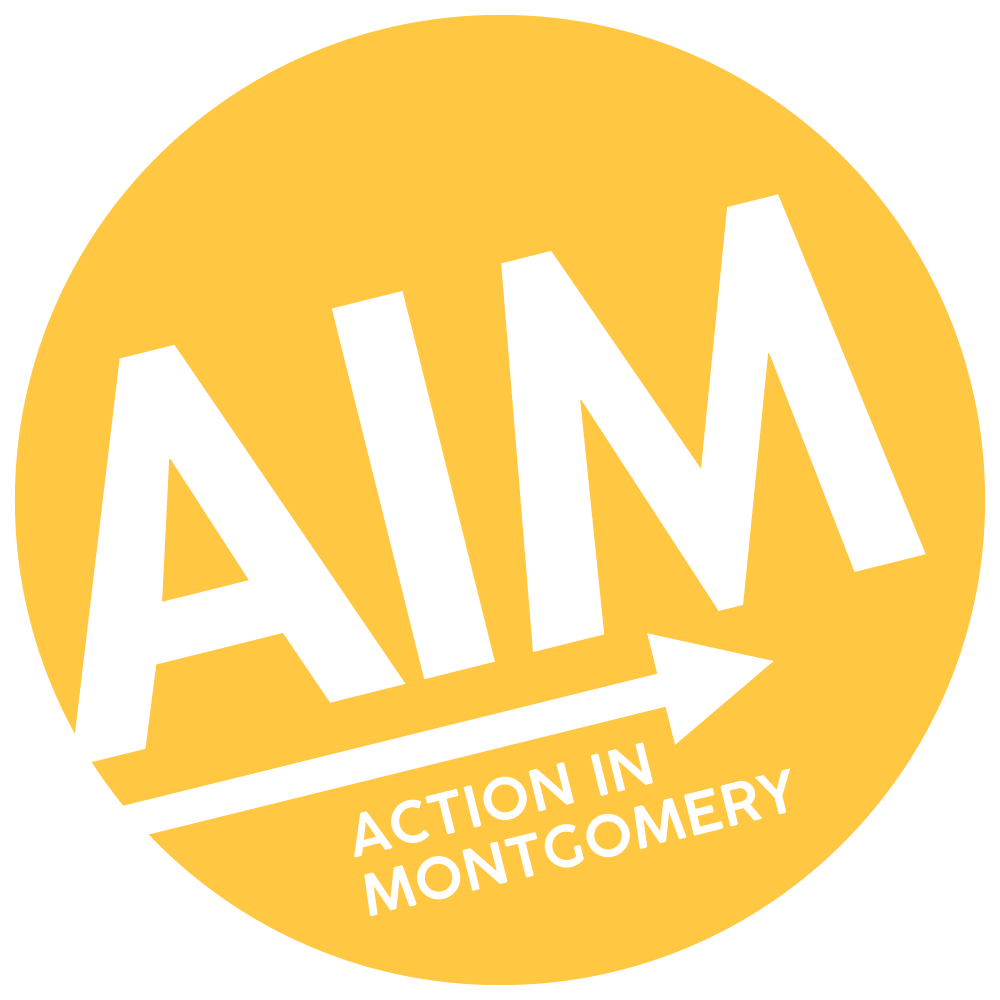Maryland DREAM Act
August 1, 2019
by Valerie Hsu
In 2010, a series of listening sessions revealed that undocumented youth inside AIM member institutions were choosing to drop out of high school when they realized they couldn’t pursue higher education. Undocumented students were treated by most schools and colleges in Maryland as international students, and charged international rates. The DREAM Act, which had emerged years prior on the national political stage, would allow undocumented high school graduate to attend public colleges and universities at in-state tuition rates. AIM leaders along with leaders at sister organizations in Maryland, organized a 750-person action with Governor O’Malley who was asked to support the DREAM Act in the upcoming legislative session.
In march of 2011, the Maryland General Assembly passed the DREAM Act; however, opponents of the law gathered signatures to put the law up to a referendum in the 2012 election.
Through an internal and external power analysis, AIM members determined they would need a broader base to take on a statewide effort to move the DREAM Act into state law. AIM leaders built relationships with BUILD (Baltimoreans United in Leadership Development), PATH (People Acting Together in Howard), CASA de Maryland and Maryland Catholic Conference to take on one of the largest grassroots voter efforts for the DREAM act in history. The organizations trained over 1,000 clergy and lay leaders to be “DREAM Ambassadors” who held over 250 DREAM events throughout the state. These ambassadors spoke to tens of thousands of voters throughout the state, getting them to commit to vote and to educate them about the DREAM Act.
We won with 58.3% of the vote.
After its passing, Maryland saw a tremendous bump in the overall high school graduation rate, which was credited to the DREAM Act by state school superintendent Lillian Lowery.
In 2020, the state legislature overrode Gov. Larry Hogan’s (R) veto of its revision of the DREAM Act, which allowed students to apply directly to four-year institutions instead of going to community college first.
The Maryland DREAM Act campaign highlighted AIM’s fundamentals: building relationships and power analysis. Its success demonstrated that issues that are viewed as national or federal can be acted on at the local level and still have national impact.

